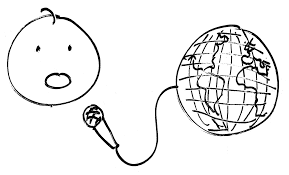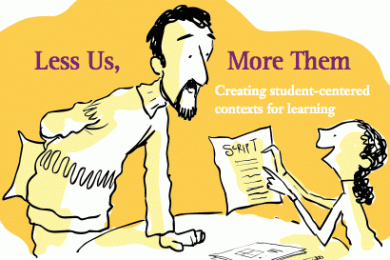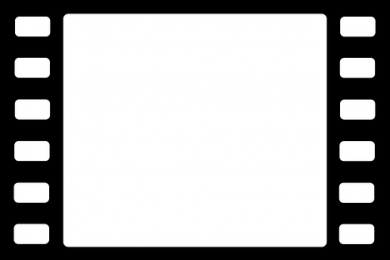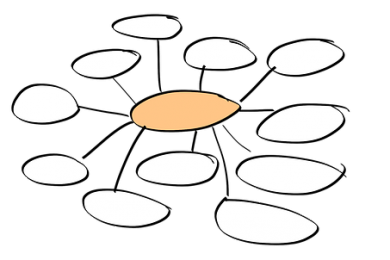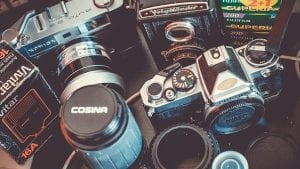When I first heard about curation, I wasn’t quite sure I understood what it was all about. It seemed like such a fancy word. Now I just think of it as collecting things that have something in common. As a first grade teacher, I’m thinking of sorting…and first graders LOVE sorting…sorting shapes, books, coins. You name it, they love sorting it. When they’re sorting, they’re curating things that have something in common.
I remember that summer when I spent weeks and weeks revamping my classroom library, agonizing over how I’d re-organize my collections into new tubs. I had to really identify what I wanted in the end – what was the intent behind creating each collection? Once I determined that, I began evaluating every single book based on a set of criteria (storyline, illustrations, relevance, writing quality). If a book met the criteria, it was a keeper. If it no longer ranked, it was removed from the collection. I ended up with over 4o different tubs. The thinking that went into this process was more than I ever expected. That’s what we can do for kids too…get them thinking on a deeper level by curating.
MY PROJECT:
To help kids understand that writers oftentimes use the craft of repeated words or phrases to develop a story’s problem, they will be asked to examine (analyze) text and find 3-5 examples of books where the author’s intentional use of repetition points to the main problem.
For each example, students will discuss (understand) the repeated text and its connection to the problem. (Note: This will be assigned only after kids have already had a ton of guided practiced during read aloud, guided reading, reading conferences, and partner reading.)
Because first graders aren’t able to use Wakelet independently, they could do this project by taking pictures of book covers and putting them in a Google Slide or they could print the pictures, attach them to a poster and do the writing underneath. Below is a screenshot of how a student might complete this assignment and here’s a link to the student sample.

Other Curation Ideas:
I love the idea of curating professional articles in content areas to be shared with colleagues. I’d also like to keep an ongoing curation of resources for parents, ranging from websites to articles to videos. Curation is a great way for kids to evaluate and justify their thinking, especially through ranked collections. When studying a content area, they could collect resources that exemplify a particular concept. For example, when studying force and motion, they can curate real-life pictures that show examples of pushes and pulls. In math, they can curate pictures of real-life structures that include basic geometric shapes. They can curate a collection of books with descriptive setting leads. This would become a mentor text tub titled, “Books with Setting Leads,” for Writers Workshop.

